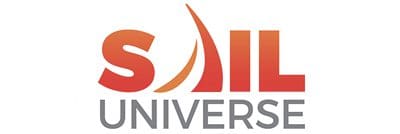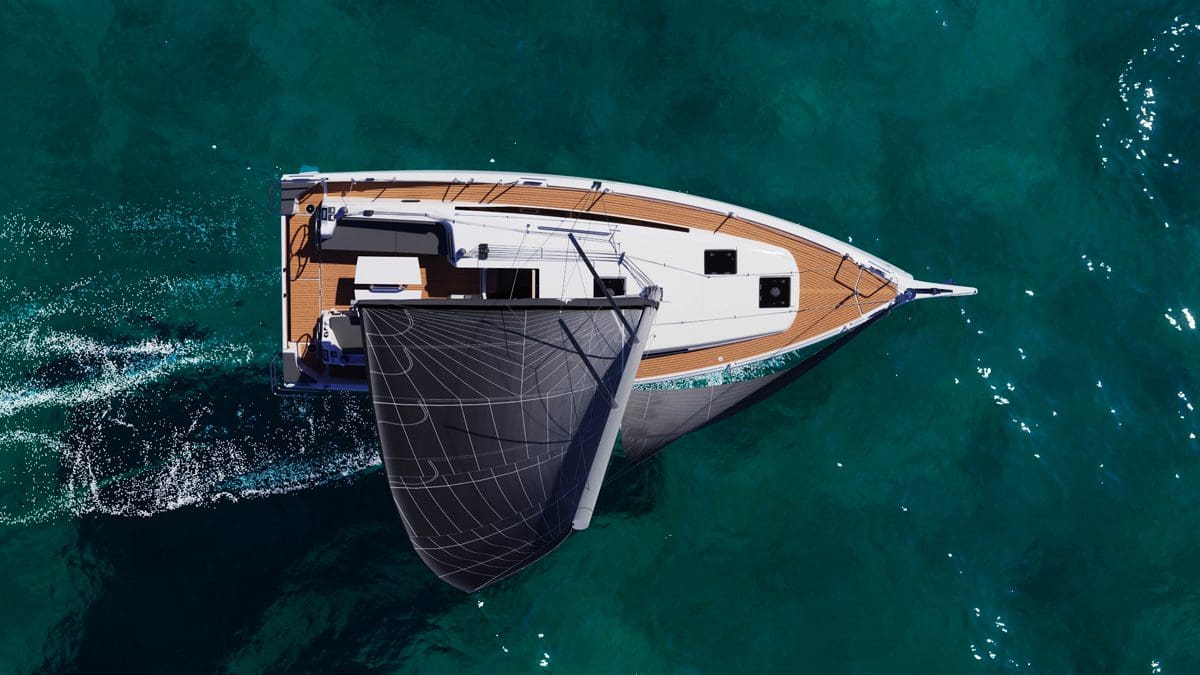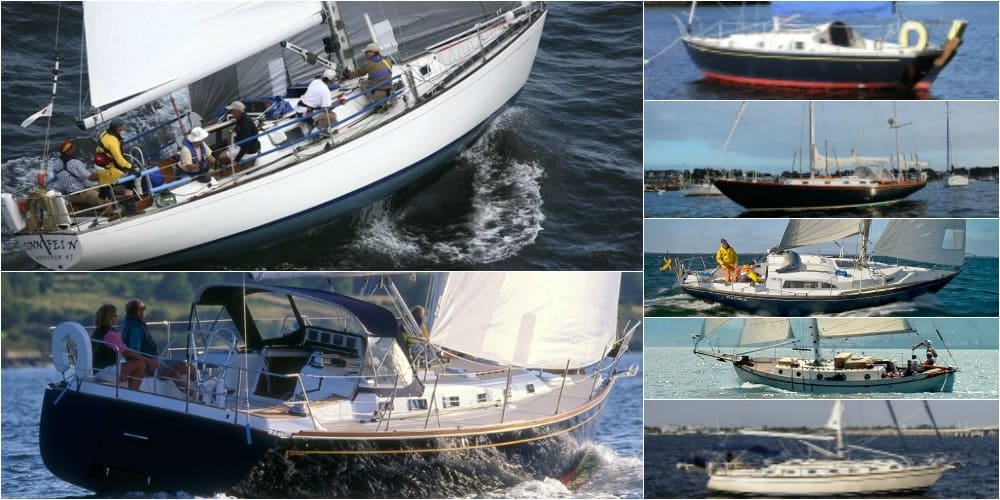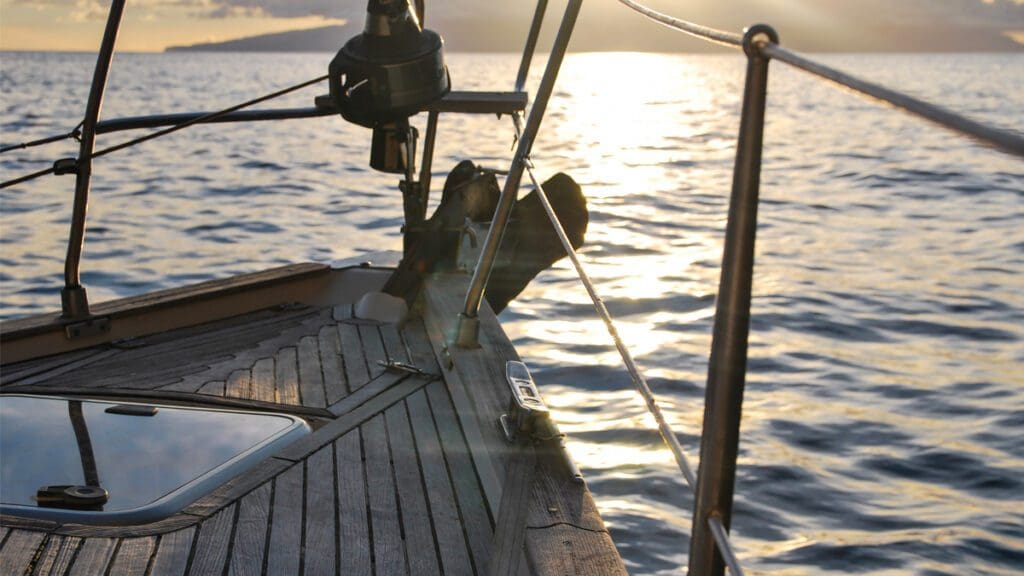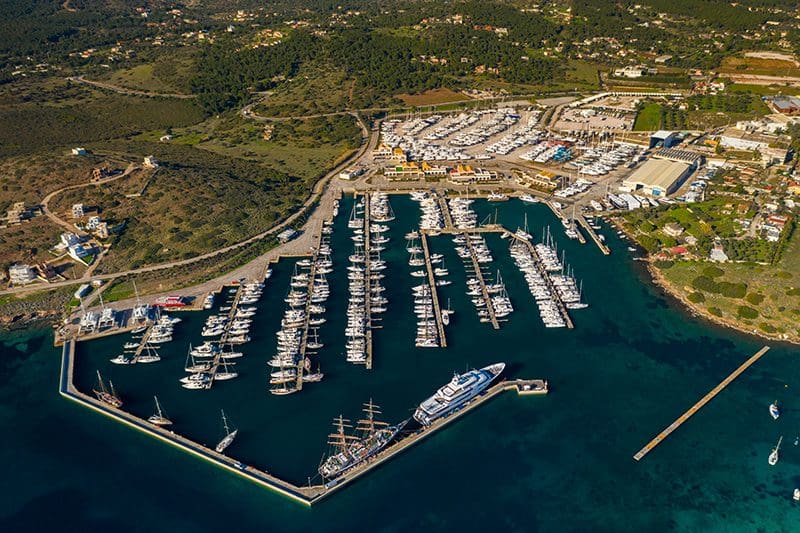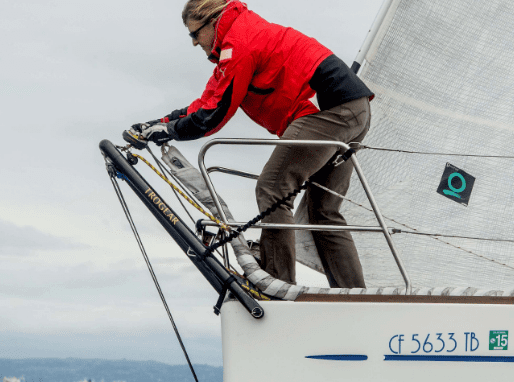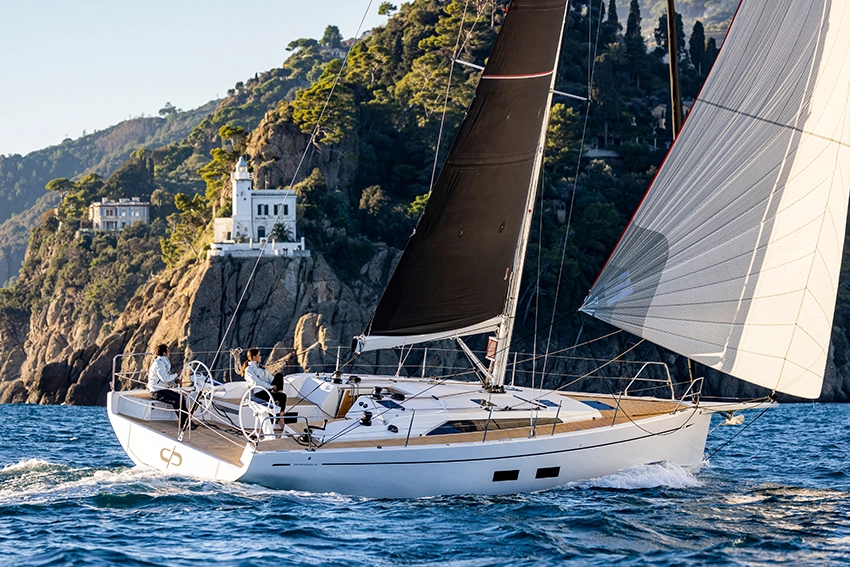Navigating the Waters: A Guide to Sailing Costs

Embarking on the exhilarating journey of sailing demands a nuanced understanding of the financial commitments inherent to this beloved maritime pursuit. In this article, we meticulously explore the intricacies of “Sailing Costs,” shedding light on the various financial considerations that seasoned sailors should be cognizant of as they navigate the open waters.
Boat Acquisition
Embarking on a sailing adventure is a thrilling endeavor that starts with a critical decision – the selection of the sailboat. The significance of this choice cannot be overstated, as it becomes the foundational element defining the entire maritime experience. “Sailing Costs” find their genesis in the acquisition of the boat, a decision that necessitates a judicious evaluation of various factors, including size, type, and the decision to opt for a new or pre-owned craft.
The size of the boat stands out as one of the pivotal considerations in the acquisition process. Sailors must carefully assess their needs and intended use of the boat. A smaller model, such as a dinghy or day sailor, may be more suitable for recreational purposes and novice sailors, while seasoned mariners might seek the grandeur and capabilities of a larger yacht. The size of the boat directly influences not only its purchase price but also the associated operational and maintenance costs.
The type of boat chosen is another critical determinant of “Sailing Costs.” Sailboats come in various types, each designed for specific purposes, whether it be racing, cruising, or day sailing. A racing sailboat, for instance, might feature a sleek design optimized for speed, while a cruising sailboat prioritizes comfort and amenities for extended journeys. Sailors must align their boat choice with their intended use to optimize both their sailing experience and financial investment.
The decision to opt for a new or pre-owned craft introduces a nuanced consideration to the equation of “Sailing Costs.” While a brand-new boat exudes the allure of pristine condition and the latest technology, it comes at a premium price. On the other hand, a pre-owned boat may offer a more budget-friendly option, albeit with potential considerations for wear and tear. Understanding the financial implications of this decision is paramount, as it directly impacts the initial investment and the ongoing costs associated with boat ownership.
Careful consideration of these factors is imperative for making a well-informed decision that aligns with both personal preferences and budget constraints. Prospective sailors should conduct thorough research, consulting with experts and fellow enthusiasts, to gain insights into the long-term financial commitments associated with different models. By doing so, one can strike a balance between the desires for a dream sailing experience and financial prudence.
Maintenance and Repairs
The ownership of a sailboat is a commitment that extends beyond the thrill of the open seas. Nurturing the seaworthiness of the boat requires a steadfast dedication to ongoing maintenance and, inevitably, occasional repairs. This facet of boat ownership is intrinsic to preserving both the integrity of the boat and the safety of those navigating the waters.
Routine maintenance tasks constitute the first line of defense against the gradual wear and tear that the marine environment imposes on a sailboat. Antifouling, a regular chore for sailors, involves the application of protective coatings to the hull to prevent the accumulation of marine organisms that can compromise performance and integrity. Engine maintenance, another routine responsibility, ensures the reliable functionality of the boat’s propulsion system, safeguarding against unexpected malfunctions.
However, the maritime journey is not without its unpredictable challenges. Unforeseen repairs are an inevitable aspect of boat ownership, demanding a financial preparedness that sailors must incorporate into their budgetary considerations. Whether it be a malfunctioning engine component, a damaged sail, or electrical issues, addressing these unexpected repairs promptly is crucial for maintaining the seaworthiness of the boat and preventing further damage.
The age and condition of the boat stand as influential determinants in the overall calculation of “Sailing Costs.” A well-maintained and newer sailboat may incur fewer repair costs initially, whereas an older boat may demand more frequent and extensive repairs. A proactive approach to maintenance, irrespective of the age of the boat, is therefore paramount. Regular inspections, timely repairs, and adherence to recommended service schedules are integral to mitigating the impact of wear and tear, ensuring the longevity of the boat, and minimizing unexpected repair expenses.
Sailors must recognize the symbiotic relationship between maintenance efforts and the overarching financial considerations associated with boat ownership. A meticulous maintenance routine not only enhances the safety and performance of the sailboat but also serves as a strategic financial investment, potentially reducing the frequency and magnitude of unforeseen repairs.
Sailing Costs: Mooring and Docking Fees
For the seasoned sailor, the decision to utilize marina facilities is a pivotal consideration that significantly influences the financial landscape of “Sailing Costs.” Beyond the exhilaration of navigating the open seas, the convenience and amenities provided by marinas come at a discernible cost – mooring and docking fees. Understanding the intricacies of these fees is integral to the expert sailor’s strategic approach to managing the financial aspects of their maritime pursuits.
The financial commitment associated with marina facilities is multifaceted, contingent upon several variables that demand astute evaluation. Foremost among these considerations is the geographical location of the marina. Prime coastal locations or those situated in bustling nautical hubs typically command higher fees due to increased demand and the allure of scenic surroundings. The proximity to popular sailing destinations or urban centers may contribute to the variability in mooring and docking costs, requiring sailors to factor regional dynamics into their financial planning.
Equally impactful are the amenities and services offered by the marina. Luxurious facilities, including well-maintained docks, state-of-the-art security, electrical hookups, and amenities such as restaurants and recreational areas, all contribute to the overall financial outlay. Expert sailors recognize the value of these amenities in enhancing their overall sailing experience, but they also weigh the associated costs against their personal preferences and budget constraints.
The seasoned sailor, well-versed in the nuances of maritime living, engages in a meticulous assessment of practical considerations and financial constraints when contemplating marina usage. Marina fees may represent a significant portion of the “Sailing Costs,” and the decision to utilize such facilities is a deliberate one that aligns with the sailor’s individual priorities. Some may prioritize the convenience and security offered by marinas, considering it a worthwhile investment for the safety and amenities they provide. Others may opt for more cost-effective alternatives, such as anchoring or utilizing moorings in designated areas.
Budget constraints play a pivotal role in this decision-making process. Expert sailors maintain a keen awareness of their financial thresholds, ensuring that the allure of marina amenities does not compromise their overall financial stability. Pragmatic decision-making involves a delicate balance between the desire for convenience and the necessity of financial responsibility.
Sailing Gear
The arsenal of sailing gear, including safety equipment, specialized clothing, and navigation tools, is a critical aspect of the “Sailing Costs” equation. While individual items may seem manageable, the cumulative expense should be factored into the overall budget. Investing in high-quality gear ensures both safety and comfort during each maritime excursion.
Insurance
Protecting the significant investment tied up in a sailboat is a critical aspect of financial stewardship for the seasoned sailor. In this realm, comprehensive boat insurance emerges as a fundamental consideration, representing not just an additional line item in the overall “Sailing Costs” but a strategic shield against the uncertainties that accompany maritime adventures.
The maritime environment, dynamic and unpredictable, introduces a myriad of potential risks to sailboats—ranging from unforeseen accidents to inclement weather conditions and the ever-present vagaries of the sea. Boat insurance, while augmenting the financial commitment associated with sailing, serves as an indispensable safety net, offering peace of mind and robust financial protection against the myriad of unpredictable circumstances that may arise.
Expert sailors recognize that the seas, though alluring and captivating, are not without their perils. Comprehensive boat insurance provides a layer of security that extends beyond the physical protection of the sailboat itself. It encompasses a spectrum of coverage options, including but not limited to hull insurance, liability coverage, and protection against theft or damage to onboard equipment. Each facet of coverage is tailored to safeguard the owner’s investment and financial well-being in the face of unforeseen challenges.
The financial implications of boat insurance extend beyond mere protection against physical damage. Liability coverage, a pivotal component of boat insurance, shields sailors from potential legal and financial repercussions in the event of accidents involving third parties or their property. This proactive approach not only safeguards the sailor’s assets but also reinforces responsible and ethical maritime practices.
While boat insurance undeniably contributes to the overall “Sailing Costs,” its intrinsic value lies in the confidence it instills in sailors as they navigate the vast expanses of the sea. The financial repercussions of an unforeseen incident can be significant, and boat insurance ensures that sailors can confront such challenges with a degree of financial preparedness. This assurance enables sailors to focus on the joy of sailing itself, secure in the knowledge that their investment is safeguarded against the unpredictable elements of the maritime environment.
Boat insurance is an integral facet of the financial blueprint for expert sailors, representing a strategic investment that transcends mere cost considerations. It is a testament to the commitment to responsible maritime practices and a recognition of the inherent risks that accompany sailing. While boat insurance adds to the overall financial equation, it empowers sailors to embark on their maritime pursuits with confidence, knowing that they are fortified against the unpredictable nature of the seas.
Sailing Costs: Fuel and Miscellaneous
In the realm of sailing, where the wind is the primary and timeless force propelling sailboats across the open seas, a nuanced understanding of the broader “Sailing Costs” spectrum is imperative for the expert mariner. While the majesty of wind power remains central to the sailing experience, auxiliary engines and associated fuel costs represent integral components of the financial equation. Moreover, a thorough budgeting approach mandates consideration for miscellaneous expenses, encompassing essentials such as charts, communication devices, and safety equipment to ensure a comprehensive and well-prepared sailing experience.
Auxiliary engines, often relegated to a supporting role, assume critical significance when the winds prove capricious or fail to meet the demands of a specific sailing route. These engines, powered by fuel, become indispensable for maneuvers in harbors, navigating challenging conditions, or maintaining headway during wind lulls. While auxiliary engines contribute to the overall functionality and safety of the sailboat, they also introduce fuel costs into the financial calculus of sailing.
Fuel costs, therefore, become an integral component of the comprehensive “Sailing Costs” analysis for the expert sailor. Careful consideration must be given to the fuel efficiency of the auxiliary engine, the expected sailing distances, and the intended use of the sailboat. Strategic planning, which includes optimizing sailing routes, minimizing engine usage, and embracing fuel-efficient technologies, allows expert sailors to manage and mitigate these costs without compromising the essence of the sailing experience.
Beyond fuel-related considerations, sailors must account for miscellaneous expenses that contribute to a well-rounded and prepared maritime adventure. Nautical charts, essential for navigation, represent an investment in accurate and up-to-date cartography, ensuring that sailors can confidently navigate the intricate waterways and open expanses of the sea. Communication devices, ranging from VHF radios to satellite phones, foster connectivity and safety at sea, underscoring their significance in the expert sailor’s toolkit.
Safety equipment is non-negotiable, comprising life jackets, harnesses, flares, and first aid kits. While these items are imperative for the well-being of sailors, they also constitute a financial component of the broader “Sailing Costs.” The expert mariner approaches these expenses with a commitment to safety and preparedness, recognizing that the investment in high-quality safety gear is indispensable for facing the unpredictable nature of the maritime environment.
In conclusion, a discerning understanding of “Sailing Costs” is essential for navigating the waters with financial acumen. From the initial boat acquisition to ongoing maintenance, mooring fees, and the investment in training, sailors must carefully consider each element to embark on a seamless and rewarding sailing journey. This comprehensive guide aims to empower expert sailors with the insights needed to navigate both the financial and maritime challenges inherent to this time-honored pursuit.
